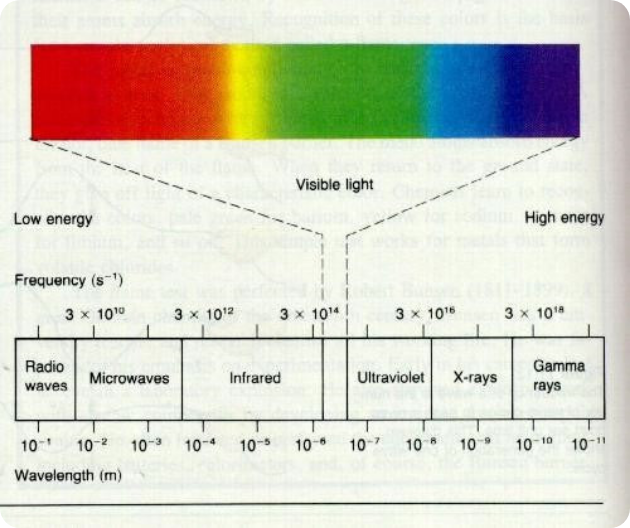The use of narrow band near infrared (IR) energy from light emitting diodes (LEDs) to relieve pain is a concept originally researched and developed by NASA for the Space Shuttle program. IR light is non-coherent (but travels in a straight line), monochromatic (a single wavelength) and polarized (concentrates its beam in a defined location). These characteristics allow IR light (red light LED therapy) to penetrate the surface of the skin to be an effective remedy for muscle cramps, joint pain, and other stiffness.
Light therapy has been shown in over 40 years of independent research worldwide to deliver powerful therapeutic benefits to living tissues and organisms. Both visible red and infrared light have been shown to affect at least 24 different positive changes at a cellular level. Visible red light, at a wavelength of 630 nanometers (nm – 1 nanometer is equal to one billionth of a meter), penetrates tissue to a depth of about 8-10 mm. It is quite beneficial in treating problems close to the surface such as wounds, cuts, scars, trigger and acupuncture points and is particularly effective in treating infections. Infrared light (904nm) penetrates to a depth of about 30-40 mm, which makes it more effective as a remedy for bones, joints, deep muscle, etc.

